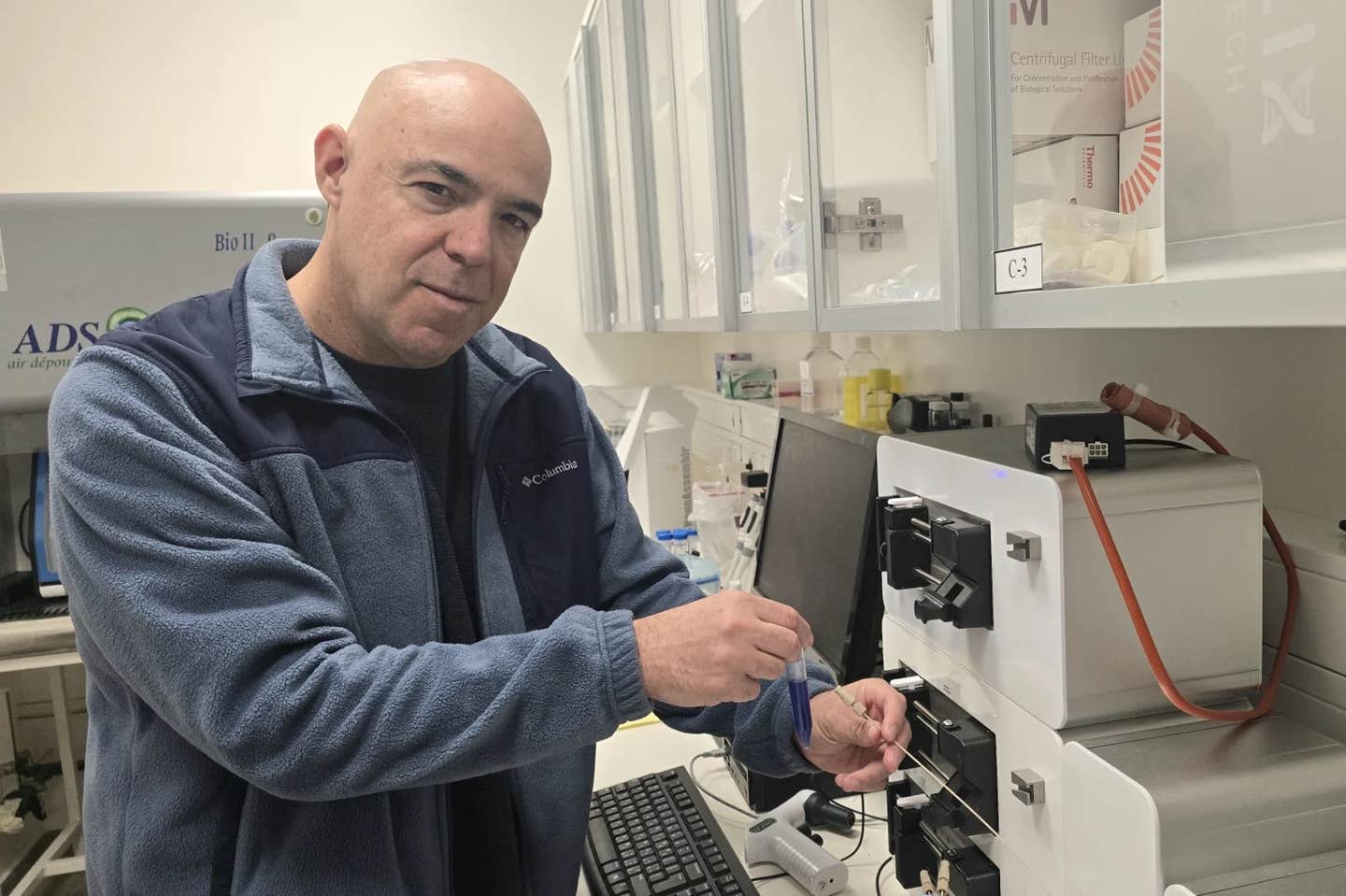Breakthrough research reveals how our brains determine right from wrong
When you improperly close a door or botch a soccer kick, ever wonder why your brain is so quick to notice?

[Oct. 9, 2023: Staff Writer, The Brighter Side of News]
When you improperly close a door or botch a soccer kick, ever wonder why your brain is so quick to notice? (CREDIT: Creative Commons)
When you improperly close a door or botch a soccer kick, ever wonder why your brain is so quick to notice? The culprit might lie in our brain's sophisticated way of differentiating expected and unexpected sounds.
In a groundbreaking discovery, neuroscientists from New York University have recently illuminated the path, unveiling neurons dedicated solely to picking up these auditory discrepancies.
The Sound of Error: How the Brain Knows What’s Wrong
It’s a universal experience – the instant realization when we make a mistake, signaled by a sound that is off-beat or unexpected. But what in our brain is responsible for picking up these discrepancies?
Historically, it's been understood that our neurons are capable of detecting these auditory errors. However, whether there existed neurons whose sole job was to signal these unexpected sounds remained a puzzle.
Related Stories:
Thanks to the diligent work of a team of neuroscientists at New York University, this mystery might finally be on the verge of being solved.
David Schneider, an assistant professor in NYU’s Center for Neural Science and the senior author of the study published in JNeurosci, stated, “Brains are remarkable at detecting what’s happening in the world, but they are even better at telling you whether what happened was expected or not.” The profound takeaway from Schneider’s statement is the identification of “prediction-error neurons” which lie dormant for most sounds but become active when something goes amiss.
“We found that there are specific neurons in the brain that don't tell you what happened, but instead tell you what went wrong,” Schneider noted.
Prediction-Error Neurons: The Future of Learning and Treatment
Beyond just a fascinating discovery, the implications of this research could revolutionize our understanding of the learning process, helping identify the roots of certain afflictions and even providing insights into sound-related aptitudes.
Specific suppression of expected sounds across multiple acoustic dimensions. Schematic of head-fixed lever press training paradigm (Top) and stimulus and reward timing for lever movements (Bottom). (CREDIT: bioRxiv)
As Nicholas Audette, a postdoctoral fellow in NYU’s Center for Neural Science and the study's lead author, points out, “Neurons like these might be vital in learning how to speak or how to play a musical instrument.” He further adds that these behaviors require much trial and error, mistakes, and subsequently, learning from them.
Schneider took the implications of this research a step further, pondering, “Do expert musicians have better prediction error neurons than novices? And in diseases in which speech is underdeveloped, are prediction error neurons malfunctioning?”
Precise suppression of expected sound responses in individual neurons. Average responses across trials of three individual neurons to each tone type, showing suppression that is specific for the expected sound at the individual neuron level. Modulation of individual neurons comparing responses to sounds heard in the active and passive condition to each tone type. (CREDIT: bioRxiv)
The everyday behaviors we partake in often lead to predictable sensory outcomes. Be it the anticipated thump after shutting a car door or the sound of a faucet after twisting its knob. And this isn't a human-centric phenomenon. From monkeys to mice, numerous species learn to associate specific movements with corresponding sounds.
Past studies have consistently shown that in the complex network of both human and animal brains, neurons react significantly when a sound violates the expected auditory outcome. Yet, it remained ambiguous if any neurons existed solely to signal these violations.
Building on this foundation, Schneider and Audette, in their recent study, tried to demystify this area. They crafted experiments involving mice, where these animals were trained to expect certain sounds after pressing a lever. The sounds were then deliberately altered to represent the same unexpected noises humans might encounter after making errors.
The revelation was nothing short of astounding. They found that a considerable number of the mice’s neurons, aptly named "prediction-error neurons," remained inactive except for when the mice heard an unexpected sound after making a movement.
Abundant prediction error neurons in mouse auditory cortex. Number of neurons responsive (p
Diving deeper, they discovered that individual prediction-error neurons in the mice’s auditory cortex did not merely signal that an error occurred, but also identified the type of error. Schneider explains, “Different neurons are active when a movement makes too quiet a sound, and other neurons when the movement makes the wrong sound.”
The discovery of prediction-error neurons has not only deepened our understanding of the brain's intricate workings but also holds potential for the future of learning, therapeutic interventions, and more. The brain's ability to detect and interpret errors, especially through sound, is proving to be more sophisticated and specific than previously imagined.
In a world where making and learning from mistakes is an integral part of growth, understanding how our brain perceives these errors might be the key to unlocking a plethora of opportunities in education, therapy, and beyond. Only time will reveal the full range of applications, but for now, the world of neuroscience has taken a significant leap forward.
For more science and technology stories check out our New Discoveries section at The Brighter Side of News.
Note: Materials provided above by The Brighter Side of News. Content may be edited for style and length.
Like these kind of feel good stories? Get the Brighter Side of News' newsletter.
Joseph Shavit
Head Science News Writer | Communicating Innovation & Discovery
Based in Los Angeles, Joseph Shavit is an accomplished science journalist, head science news writer and co-founder at The Brighter Side of News, where he translates cutting-edge discoveries into compelling stories for a broad audience. With a strong background spanning science, business, product management, media leadership, and entrepreneurship, Joseph brings a unique perspective to science communication. His expertise allows him to uncover the intersection of technological advancements and market potential, shedding light on how groundbreaking research evolves into transformative products and industries.



